The History of Memorial Day and Its Debated Origins
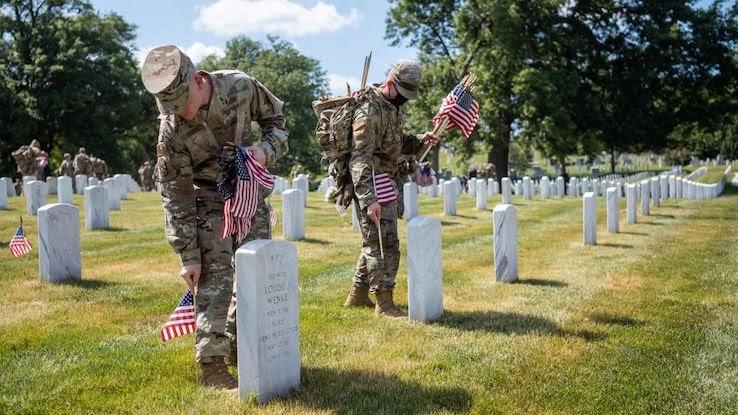
While many of us now consider Memorial Day the unofficial start of the summer season, the original intent behind the occasion has a much more somber and honor-focused meaning. This federal holiday was formalized as a way of remembering and mourning members of the U.S. military who died in service, and people often mark the occasion by visiting cemeteries and decorating headstones of fallen soldiers with flags and wreaths.
In 1966, Congress and President Lyndon B. Johnson recognized Waterloo, New York, as having celebrated the first Memorial Day 100 years earlier. However, multiple towns claim to be the birthplace of Memorial Day, and the holiday’s long evolution makes it unclear where exactly it began. On top of that, there are many persistent myths about how Memorial Day started. Learn more about these and how they relate to the holiday’s origins.
How Did Memorial Day Originate?
While people have commemorated the sacrifices of soldiers for as long as there have been conflicts, Memorial Day as we know it in the United States got its start during the American Civil War. During the war, some people began the practice of decorating the graves of soldiers who’d been killed in battle and saying prayers for them. And, as the Civil War wound down, people across the North and South continued honoring fallen soldiers in this manner. As the practice of decorating soldiers’ graves became more common, it also began gaining more formal recognition.
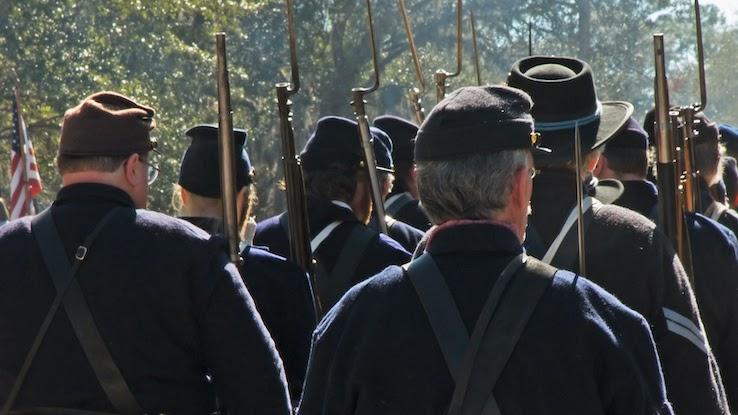
One such ceremony was held on May 1, 1865, in Charleston, South Carolina. Local Black churches led a gathering of roughly 10,000 people, many of whom were formerly enslaved, in properly reburying Union soldiers whose remains had been deposited in a mass grave. The groups also held a ceremony to honor the soldiers’ sacrifice and dedicate the new cemetery. The event included speeches, the laying of wreaths and crosses, drills performed by Union soldiers and even picnicking. However, it’s unclear if the event influenced any other similar ceremonies in the country, and historians are unsure whether this should be considered the first Memorial Day.
Multiple Areas Hold Claims for Being the First to Celebrate
Numerous places around the country claim to have first celebrated Memorial Day as a recurring holiday rather than a one-off event. Boalsburg, Pennsylvania, cites an 1864 gathering of women to mourn the deaths of soldiers at the Battle of Gettysburg as what makes it the founder of the holiday, while Carbondale, Illinois, claims two markers in its cemeteries as well as a parade led by Major General John A. Logan (more on him in a moment) as proof that it held the first annual celebration. There are even a Columbus, Georgia, and Columbus, Mississippi, with competing claims.
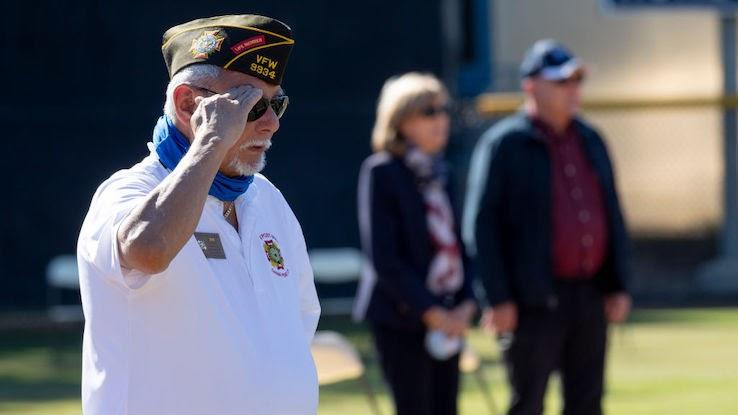
While Waterloo, New York, eventually won federal recognition because of evidence that its celebrations involved the full closure of the town, it has well over 20 rivals for the title, and all of them — even Waterloo — rely on evidence that’s at least somewhat disputed. But there’s only one event that unambiguously served as a forerunner to Memorial Day.
What Was Decoration Day?
Major General Logan was the head of the Grand Army of the Republic (GAR), a Civil War veterans organization. With the increasing popular support for ceremonies celebrating fallen soldiers, in 1868, he declared May 30 to be Decoration Day, a holiday specifically meant for the adornment of fallen soldiers’ graves. Different sources suggest his motivation for choosing the day was either because that’s when flowers are in bloom across the country and therefore ready to be left on graves or because May 30 is a day on which no Civil War battles were fought.
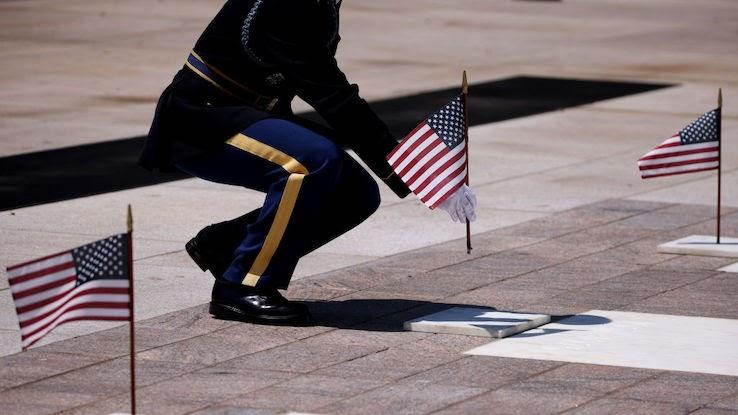
While Decoration Day wasn’t a national holiday, it was widely commemorated across the country. By 1890, it had been made a state holiday by each of the Northern states. Southern states, however, continued to celebrate separate Confederate days of remembrance until World War I. Confederate Memorial Day is still celebrated as a holiday alongside Memorial Day in some states today.
Memorial Day Gains Federal Recognition
Decoration Day became a federal holiday in 1888, although it only applied to government employees in Washington, D.C, as was customary at the time. However, other states began adopting the holiday over time until every state eventually commemorated it. As the United States moved on from the Civil War to participate in other conflicts, particularly World War I, the holiday also broadened to include honoring all soldiers who died in the line of duty. By the end of World War II, “Memorial Day” had also supplanted the name “Decoration Day.”
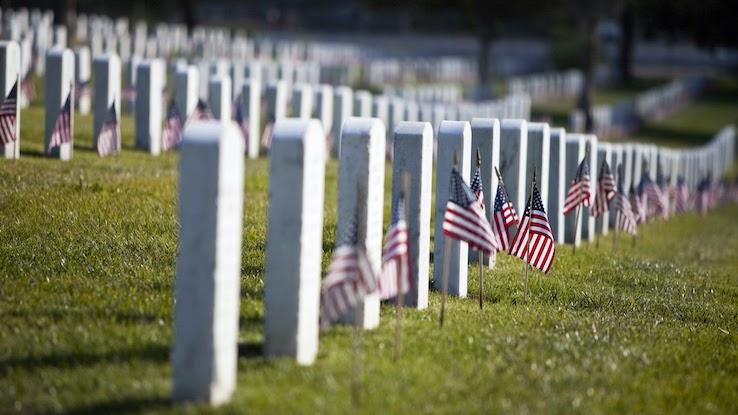
In 1968, a law made the name change official. It also moved Memorial Day to its modern date: the last Monday of May. This law, called the Uniform Monday Holiday Act, came into effect in 1971 and created the annual Memorial Day weekends that Americans know and love today, but it also angered people who felt it shifted the focus from remembrance to enjoying time off. While the states eventually fell in line, many veterans continued to voice dissent on the issue.





